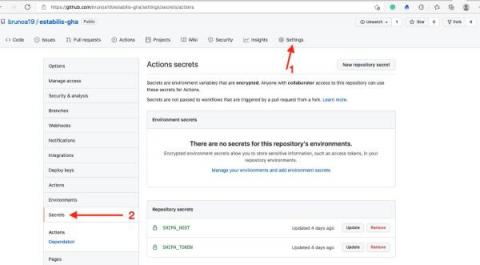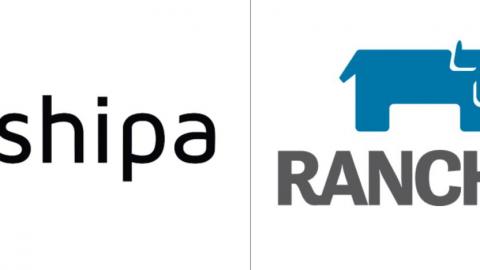Operations | Monitoring | ITSM | DevOps | Cloud
Shipa
Application Discovery Tutorial
Systems and platforms continue to grow more complex and distributed. The march towards distributed microservices has been accelerated with Kubernetes; arm yourself with a Kubernetes manifest and up your replica count and like magic, you have more than one endpoint for your workload. In the Kubernetes ecosystem, there has been a lot of investment on the infrastructure side of the house for example in making sure clusters are performant and have the ability to scale.
A Developer focused CI/CD pipeline for Kubernetes
As Kubernetes becomes the key target environment across many organizations, it automatically becomes an essential topic for developers. However, Kubernetes was created for operations and, unless you spend a considerable amount of time learning and specializing yourself, it is still challenging to use. Developers should rather focus on delivering applications instead, and a developer or application-focused platform is needed to enable that.
Crossplane and Shipa 101 - Your First Crossplane Abstraction
Kubernetes is viewed as one of the great equalizers between development and operations teams. Simply write a manifest and the declarative power of Kubernetes is off to fulfill your desired state. Kubernetes is certainly pluggable and has the ability to be extended / opinions being swapped internally. As any IT organization can tell you, even with Kubernetes there is a lot of integration work, and several parts of the stack such as IaC have been left outside of Kubernetes.
Terraform and Shipa - Better Together - Webinar
Terraform and Shipa 101 - Your First Terraform and Shipa Cloud Integration
Leveraging Terraform, which is an infrastructure-as-code platform, is a great match. Using both technologies together is becoming more mature and there have been some great pieces around the art of the possible between the two platforms. Though if you are unfamiliar with both, this guide will get you up and started with both Terraform and Shipa together. In this example will be using Terraform to create all of the necessary Shipa resources to deploy to a Kubernetes cluster.
Shipa Cloud Updates
I’m sure most of us have heard this saying before, and if you are in the DevOps space, I’m sure this is a scenario that you deal with daily. Most of us started even before we even had all these nice terms, such as DevOps, SREs, DevSecOps, and so many others, when we were all Sys Admins.
Shipa Now in the SUSE Rancher Partner Marketplace
Shipa Now in the SUSE Rancher Partner Marketplace
We are very excited to announce that you can now install Shipa from the SUSE Rancher Marketplace. Installing Shipa On-Prem can now be done with a click-to-install inside of SUSE Rancher. Follow this quick guide to get you up and started with Shipa if you are leveraging SUSE Rancher.











